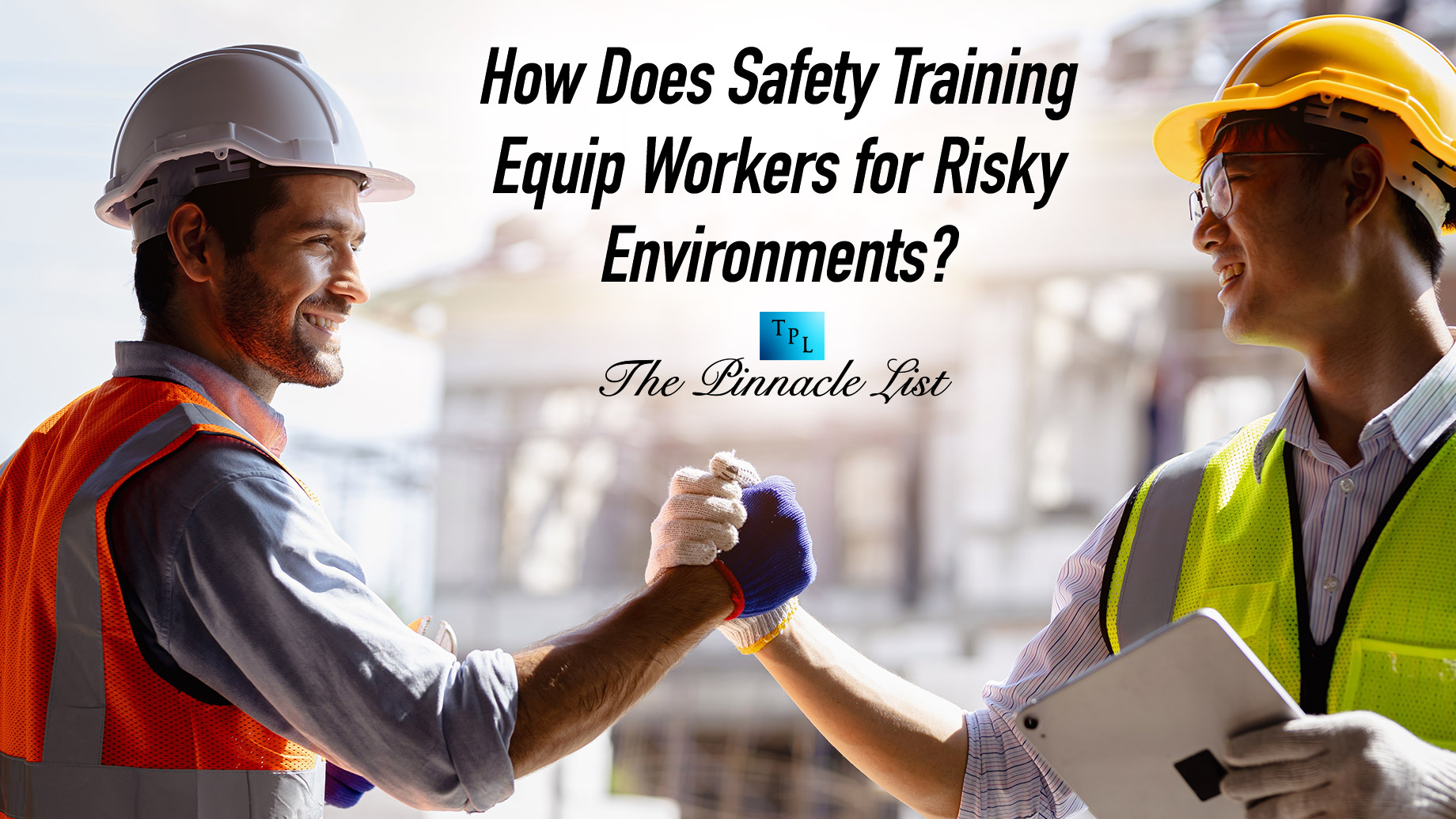
Working in risky environments, whether on construction sites, at great heights, or within confined spaces, demands a high level of preparedness. Workers must have the right skills and knowledge to perform their tasks safely and effectively. Safety training plays a crucial role in preparing workers for these hazardous conditions. From understanding potential risks to using safety equipment correctly, safety training ensures workers are ready to handle the challenges they face every day.
This article will explore how safety training equips workers for risky environments, focusing on confined space training and its role in preparing employees for high-risk tasks.
1. Understanding Hazards and Risks
The first step to being safe in any hazardous environment is understanding the risks. Safety training programs, such as confined space training, are designed to educate workers on the dangers they might encounter. Whether it’s exposure to toxic gases, unstable structures, or electrical hazards, knowing the potential threats helps workers take appropriate precautions.
By participating in thorough safety training, workers learn to identify hazards, assess risks, and implement the necessary safety measures to prevent accidents. This knowledge is especially important in unpredictable environments where conditions can change rapidly. Workers who understand the risks are better equipped to make quick, informed decisions that keep themselves and their colleagues safe.
2. Proper Use of Personal Protective Equipment (PPE)
One of the most important aspects of safety training is teaching workers how to use personal protective equipment (PPE) effectively. PPE includes helmets, gloves, harnesses, and respiratory devices, all designed to protect workers from various hazards in their work environment. However, wearing PPE incorrectly can be just as dangerous as not wearing it at all.
During safety training, workers are taught how to select the right PPE for the task at hand, how to properly fit and adjust their equipment, and how to maintain it to ensure its effectiveness. For instance, in confined space training, workers learn how to use specialized equipment like self-contained breathing apparatus (SCBA) when there may be a lack of oxygen or hazardous gases.
Proper use of PPE can significantly reduce the risk of injury or illness, making this training a vital component of worker safety.
3. Learning Emergency Procedures
Emergencies in risky environments can escalate quickly, which is why safety training strongly emphasizes emergency preparedness. Workers must know how to respond to accidents, equipment failures, or unexpected hazards to prevent minor incidents from turning into life-threatening situations.
In high-risk environments like confined spaces, safety training teaches workers the steps to take in emergencies, including evacuating safely, administering first aid, and alerting the necessary personnel. Confined spaces present unique challenges, such as limited exit points or the presence of dangerous gases, making confined space training essential for understanding how to act quickly and efficiently.
Emergency drills are often included in safety training to ensure workers are familiar with the procedures and react appropriately in real-life situations. This practice helps minimize panic and confusion, which can be detrimental in an emergency.
4. Familiarity with Equipment and Tools
Many risky environments involve the use of complex tools and machinery. Safety training ensures that workers are familiar with the equipment they will be using and understand the safest ways to operate it. Misusing tools or machinery can lead to serious accidents, so workers must be confident in safely handling the equipment.
For example, during confined space training, workers are trained to use ventilation systems, gas monitors, and other specialized equipment required for safe entry into confined spaces. This training helps workers understand how to set up and monitor these systems to maintain a safe working environment.
Additionally, workers are taught how to inspect and maintain equipment to ensure it functions correctly before and during use. Regular maintenance checks help prevent equipment malfunctions, a common cause of workplace accidents.
5. Promoting a Safety-First Mindset
One key benefit of safety training is fostering a culture of safety in the workplace. Workers who have undergone thorough safety training are more likely to prioritize safety in their daily tasks. They become more aware of potential hazards, are more likely to follow safety protocols, and are proactive in identifying and mitigating risks before they lead to accidents.
In environments where safety is prioritized, workers are encouraged to look out for each other. Training programs like confined space training emphasize the importance of teamwork and communication in risky environments. Workers are taught to work together to ensure everyone follows safety procedures and speak up if they notice unsafe practices or conditions.
This safety-first mindset creates a more vigilant and responsible workforce, reducing the likelihood of accidents and ensuring everyone returns home safely at the end of the day.
6. Ensuring Compliance with Regulations
Every industry has safety regulations that must be followed to protect workers. Failing to comply with these regulations can result in serious penalties for employers, not to mention the increased risk of accidents. Safety training ensures that workers know these regulations and how to comply with them in their day-to-day work.
For example, confined space training teaches workers how to follow the regulations set forth by government safety agencies, such as OSHA (Occupational Safety and Health Administration) in the United States. These regulations outline specific requirements for entering and working in confined spaces. By adhering to these regulations, workers and employers can reduce the risk of accidents and create a safer work environment.
Conclusion
Safety training is essential for equipping workers to handle the challenges of risky environments. Whether they learn how to properly use PPE, understand emergency procedures, or familiarize themselves with specialized equipment, safety training gives workers the skills they need to stay safe and perform their tasks effectively. Programs like confined space training play a crucial role in preparing workers for high-risk environments, ensuring they are well-versed in the unique dangers they may face and how to mitigate them.